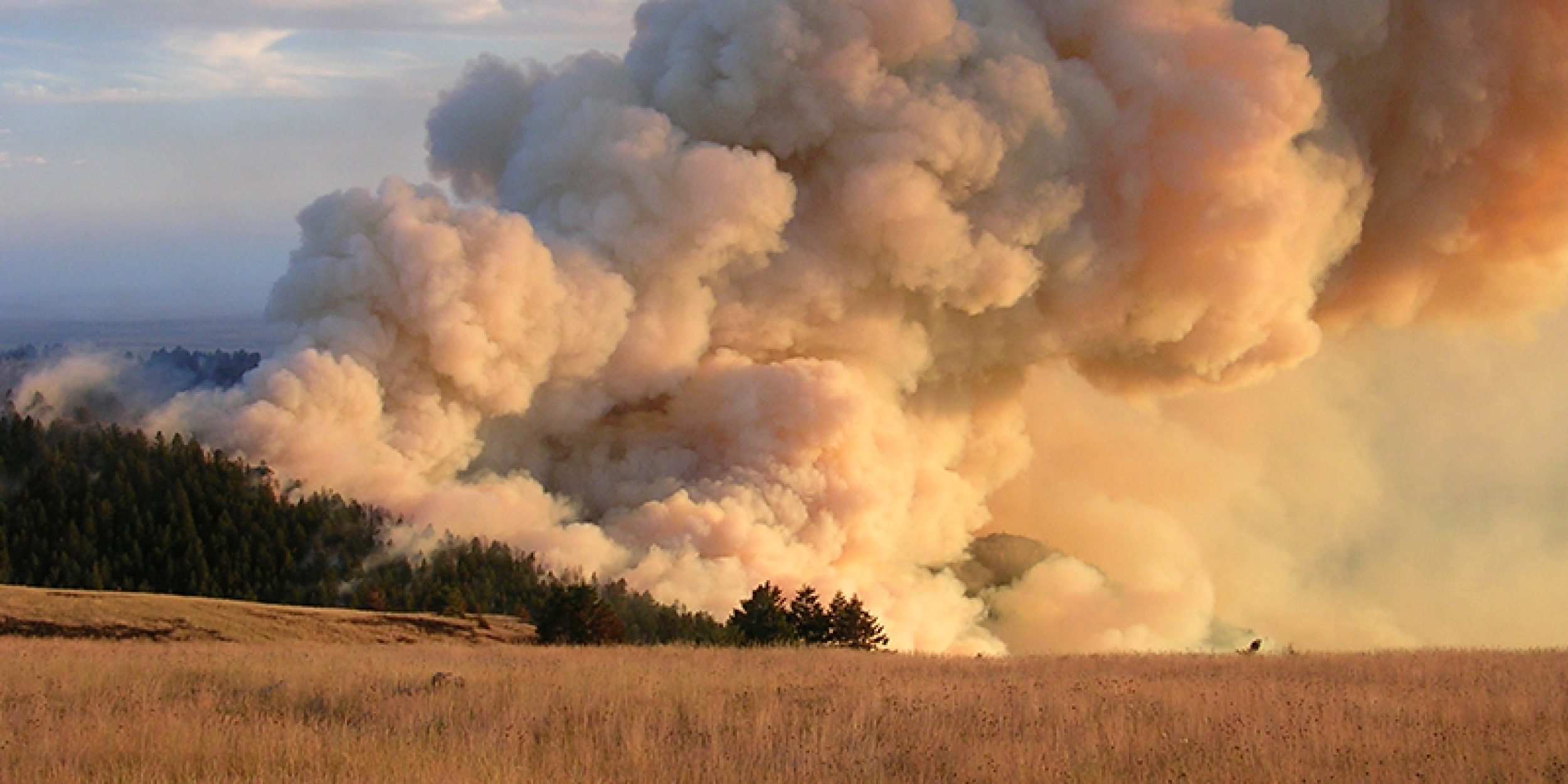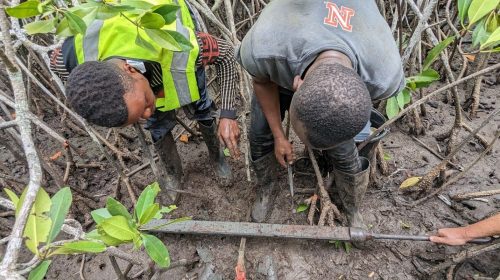Smoke plumes from wildfires and other biomass burning like prescribed agricultural burns add sulfur dioxide (SO2) to the atmosphere, which can transform into secondary pollutants and affect air quality, human health, and climate. The primary source of SO2 in the past has been fossil fuel combustion and industrial activities, but wildfires are expected to occur more frequently and with longer durations due to land use changes and climate change. Smoke from burning biomass influences air quality in the immediate area but research has shown that pollutants in the plumes can drift thousands of kilometers away. So it is important to fully understand the atmospheric chemistry that enables this pollution.
A new study, partially supported by the Climate Program Office’s Atmospheric Chemistry, Carbon Cycle and Climate (AC4) Program, set out to find exactly how much SO2 is emitted from fire activity, using observations from the FIREX-AQ field campaign, a joint NASA–NOAA field mission to study multiple aspects of fire emissions, chemistry, and their impacts. The results, published in Atmospheric Chemistry and Physics, quantify the rate at which SO2 was released by wildfire activities in the western states and agricultural burnings in the midwest throughout summer 2019. A large research team from across the US, including AC4-supported scientist Glenn Wolfe, found differences in SO2 emissions across geographic locations and between active flaming fires and smoldering fires. The study also reveals that coal burning and agricultural fertilizer chemicals released during burning also contributed a significant amount of SO2 during the studied period. The results show good agreement with a recent similar study that analyzed flaming conditions, provides confidence in the FIREX-AQ observations and the methods for calculating SO2 emissions used in this study, and emphasizes the need to further investigate smoldering conditions. This work was supported by AC4 to improve our understanding of fires in the Western US by analyzing data from the FIREX-AQ mission.









